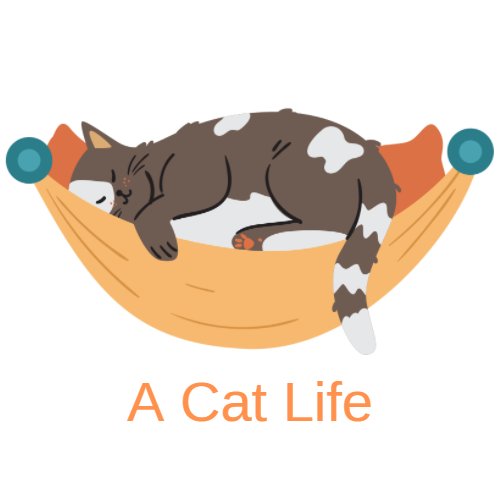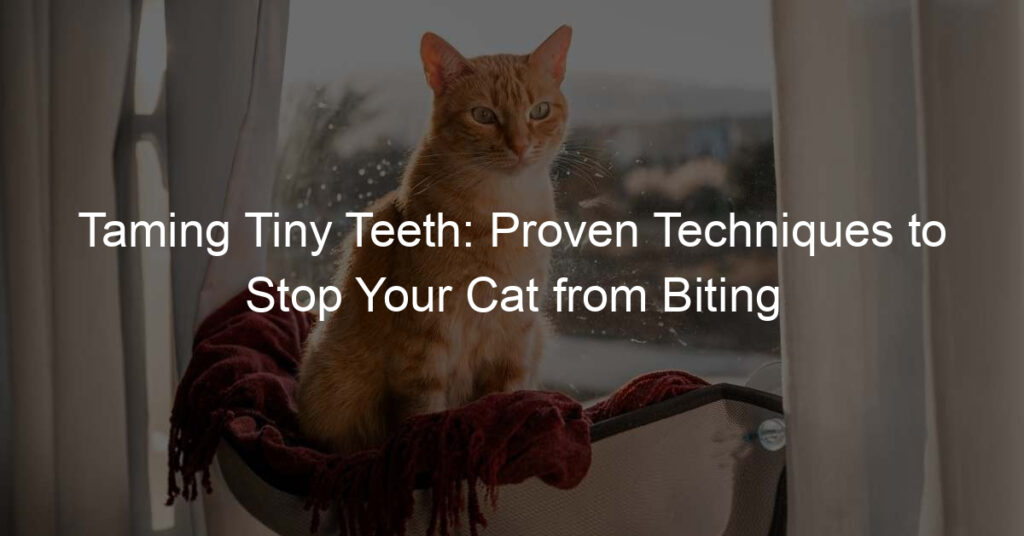
Introduction to Cat Declawing
When it comes to cat ownership, one topic that often comes up is declawing. This procedure, which involves the removal of a cat’s claws, is a subject of much debate among pet owners and veterinarians. In this section, we will delve into what cat declawing entails and explore the reasons why some cat owners consider this option.
- Understanding what cat declawing entails
- Exploring the reasons why some owners consider declawing
Declawing, also known as onychectomy, is a surgical procedure that involves the removal of a cat’s claws. This is not a simple nail trim. The process is more akin to amputation, as it involves removing the last bone of each toe on a cat’s paw. This is the part where the nail grows, so once it’s removed, the claw cannot grow back.
There are several reasons why cat owners might consider declawing. Some of the most common include preventing damage to furniture or other household items, avoiding injury to people in the home, particularly children or the elderly, and addressing behavioral issues related to scratching. However, it’s important to note that declawing is a controversial procedure with potential physical and behavioral consequences for the cat.
In the following sections, we will delve deeper into the controversy surrounding cat declawing, discuss the pros and cons, and explore alternatives to this procedure. Our goal is to provide you with all the information you need to make an informed decision about what’s best for your feline friend.
The Controversy Surrounding Cat Declawing
There’s a lot of talk about cat declawing these days. Some people think it’s a good idea, while others strongly disagree. Let’s dive into this controversial topic and explore the different viewpoints.
- Exploring the Cat Declawing Controversy
- Understanding the Ethical Concerns
- Case Studies: Countries Where Declawing is Banned and Why
Cat declawing, also known as onychectomy, is a surgical procedure that removes a cat’s claws. While some people believe it’s a necessary measure to protect furniture or to avoid scratches, others view it as a cruel and unnecessary practice. The controversy arises from these differing perspectives.
Many animal rights advocates argue that declawing is inhumane. They believe that it causes unnecessary pain and suffering to cats. It’s not like a manicure. It’s a surgery that removes the last bone of each of the cat’s toes. If performed on a human being, it would be like cutting off each finger at the last knuckle.
Several countries have banned cat declawing due to ethical concerns. Let’s look at a few examples:
| Country | Year of Ban | Reason for Ban |
|---|---|---|
| United Kingdom | 2006 | Considered unnecessary and cruel |
| Australia | 2009 | Viewed as animal cruelty |
| Israel | 2011 | Deemed as causing unnecessary suffering |
These countries, among others, have decided that the potential harm to cats outweighs any benefits of declawing. They advocate for alternative solutions to manage cat scratching behavior.
In conclusion, the controversy surrounding cat declawing is a complex issue with strong arguments on both sides. It’s essential to understand the ethical concerns and consider alternatives before making a decision.
Cat Declawing: Pros and Cons
When it comes to cat declawing, there are both advantages and disadvantages to consider. Let’s explore some of the main pros and cons of this procedure.
- Pro: Protecting Furniture and People from Scratches
- Con: Potential Behavioral Changes in Cats
- Con: The Pain and Recovery Process of Declawing Surgery
- Pro and Con: Cat Declawing Effects on Indoor vs Outdoor Cats
One of the main reasons people choose to declaw their cats is to protect their furniture and themselves from scratches. Cats naturally like to scratch to mark their territory, stretch their muscles, and keep their claws sharp. This can lead to damaged furniture and sometimes even scratches on people. Declawing can prevent this.
On the other hand, declawing can lead to behavioral changes in cats. Some cats may become more aggressive or anxious after the procedure. They may also start biting as a defense mechanism since they no longer have their claws for protection.
Declawing is not a simple procedure. It’s a surgery that involves the removal of the last bone of each toe. This can be painful for the cat and the recovery process can be long and uncomfortable. Some cats may even develop complications like infection or nerve damage.
The effects of declawing can also vary depending on whether the cat is an indoor or outdoor cat. For indoor cats, declawing can be beneficial as it can prevent damage to furniture. However, for outdoor cats, declawing can be a disadvantage as it can leave them defenseless against predators or other threats.
In conclusion, it’s important to weigh the pros and cons before deciding to declaw your cat. It’s a decision that should not be taken lightly and should always be made with the cat’s best interests in mind.
Alternatives to Declawing: Cat Scratching Solutions
One of the most effective ways to prevent your cat from scratching your furniture is by providing them with a cat scratching post. Let’s explore this option in detail.
Cat Scratching Posts
A cat scratching post is a dedicated object for your cat to scratch. It can save your furniture from the claws of your feline friend. But how do you choose the right one and train your cat to use it? Let’s find out.
-
Choosing the Right Scratching Post for Your Cat
When choosing a scratching post for your cat, consider the following factors:
- Material: Cats prefer scratching posts made from rough materials like sisal rope or corrugated cardboard.
- Height: The post should be tall enough for your cat to fully stretch their body. This is typically about one and a half times the length of your cat.
- Stability: The post should be sturdy and not wobble when your cat uses it. A wobbly post can scare your cat away.
-
Training Your Cat to Use a Scratching Post
Training your cat to use a scratching post can be a bit tricky, but with patience and consistency, it can be done. Here are some tips:
- Location: Place the scratching post near the furniture your cat usually scratches. This will make it easier for your cat to switch to the post.
- Encouragement: Encourage your cat to use the post by playing with them near it. You can also sprinkle some catnip on the post to attract them.
- Positive reinforcement: Whenever your cat uses the post, reward them with treats or praise. This will motivate them to use the post more often.
Remember, every cat is unique. What works for one might not work for another. It might take some time and experimentation to find the right scratching post and training method for your cat. But with patience and love, you can help your cat adopt healthier scratching habits.
Cat Nail Caps
One of the alternatives to declawing that has been gaining popularity is the use of cat nail caps. These are small, plastic caps that are glued onto your cat’s claws, providing a harmless and non-surgical solution to prevent unwanted scratching.
- Understanding what cat nail caps are
- Pros and cons of using cat nail caps
Cat nail caps, also known as soft paws, are small plastic covers that are applied to your cat’s claws using a safe, pet-friendly adhesive. They are designed to fit over the cat’s nails, effectively blunting the sharp tips and preventing them from causing damage to furniture, carpets, and even human skin. These caps are available in different sizes and colors, making them a fun and fashionable choice for pet owners.
Like any solution, cat nail caps come with their own set of advantages and disadvantages. Let’s take a closer look:
| Pros | Cons |
|---|---|
| They are a non-surgical and painless alternative to declawing. | Application can be tricky, especially if your cat is not used to having its paws handled. |
| They prevent damage to furniture and other household items. | They need to be replaced every 4-6 weeks as your cat’s nails grow. |
| They are available in a variety of colors and sizes. | Some cats may not tolerate them and try to chew them off. |
In conclusion, cat nail caps can be a viable alternative to declawing. However, it’s important to consider your cat’s comfort and tolerance levels before deciding to use them. Always remember, the best solution is the one that keeps both you and your feline friend happy and healthy.
Cat Behavior Modification
Modifying your cat’s behavior, particularly their scratching habits, can be a challenging task. However, with the right techniques and a good understanding of positive reinforcement, it is entirely possible. Let’s delve into these two key aspects.
- Techniques for Modifying Your Cat’s Scratching Behavior
- Understanding the Role of Positive Reinforcement
Scratching is a natural behavior for cats. It helps them stretch their bodies, mark their territory, and keep their claws healthy. However, when your cat’s scratching becomes destructive, it’s time to intervene.
One effective technique is redirecting their scratching behavior towards acceptable objects, like scratching posts. Start by placing the scratching post near the area where your cat usually scratches. Encourage your cat to use the post by sprinkling some catnip on it or dangling a toy near it. Remember, patience is key. It might take some time for your cat to get used to the new scratching post.
Positive reinforcement is a powerful tool in modifying your cat’s behavior. It involves rewarding your cat for displaying desirable behavior, which in this case, is using the scratching post instead of your furniture.
When your cat uses the scratching post, immediately reward them with a treat, a favorite toy, or some affectionate petting. This will help your cat associate the scratching post with positive experiences, making them more likely to use it in the future.
Remember, every cat is unique and what works for one might not work for another. It’s important to be patient and persistent. With time and consistency, you can successfully modify your cat’s scratching behavior and create a harmonious living environment for both of you.
Conclusion: Making the Right Decision for Your Cat
- Recap of the pros and cons of declawing
When it comes to declawing your cat, there are both pros and cons to consider. On the positive side, declawing can prevent damage to furniture and other household items. It can also reduce the risk of injury to people, especially young children or those with weakened immune systems.
However, the negatives are significant. Declawing is a major surgery that can lead to long-term pain and behavioral problems in cats. It removes a crucial part of a cat’s anatomy, potentially leading to balance issues and decreased ability to defend themselves. It’s also worth noting that declawing is considered inhumane and is banned in several countries and cities.
- Highlighting the importance of considering alternatives to declawing
Given the potential downsides of declawing, it’s crucial to consider alternatives. These include providing scratching posts and toys for your cat, regularly trimming your cat’s nails, and using soft nail caps. Training your cat to use these alternatives can take time and patience, but it’s a more humane approach that respects your cat’s natural behaviors and needs.
- Final thoughts on the cat declawing controversy
The decision to declaw a cat is a personal one, and it’s not to be taken lightly. It’s important to weigh the pros and cons, consider alternatives, and consult with a trusted veterinarian. Remember, your cat’s well-being should always be the top priority. As the famous quote goes, “Animals are not ours to harm, but to coexist with.”








